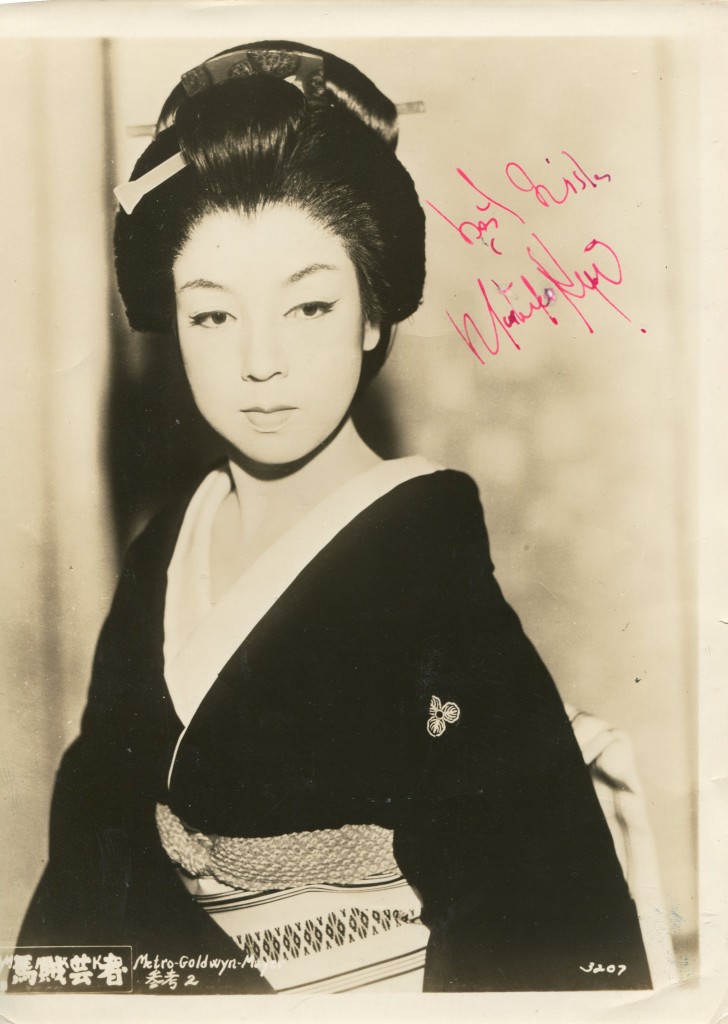
Machiko Kyo obituary in “The Guardian” in 2019.
When Rashomon won the Golden Lion award for best film at the Venice film festival in 1951, and was shown widely in the west, the floodgates were opened for more Japanese films to be released worldwide.
This allowed cinephiles in the west to follow the masterful career of Rashomon’s director, Akira Kurosawa, and to discover the two forceful leads Toshiro Mifune and Machiko Kyo. Although Kyo, who has died aged 95, had appeared in a number of films previously, it was Rashōmon that enabled her to work with other greats of Japanese cinema such as Kenji Mizoguchi and Yasujiro Ozu.
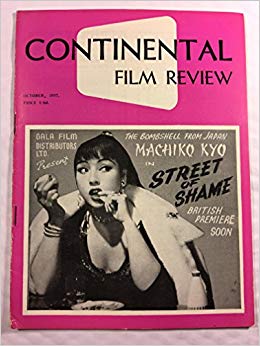
In Rashomon, which is set in feudal Japan, Kyo played the wife of a samurai warrior. While the couple are travelling through the woods, they are accosted by a dangerous bandit (Mifune), who rapes the wife and kills the husband. Or does he? At the trial of the bandit, the incident is described in four conflicting, yet equally credible versions – by the bandit, the wife, the dead samurai (communicating through a medium) and a woodcutter – thus demonstrating the subjective nature of truth.
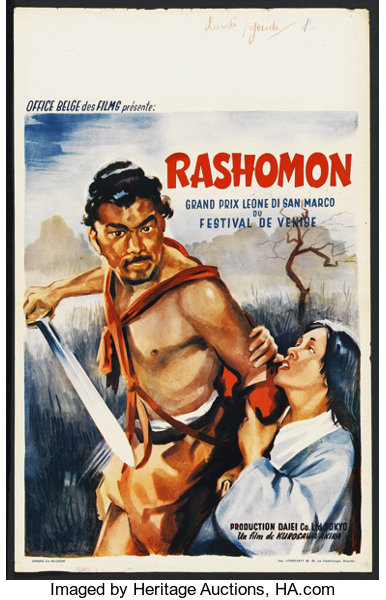
Through the four conflicting narratives, we see different aspects of the character of the wife, brilliantly played by Kyo – passionate, emotional, devious, weak and strong. Noticing the look of revulsion in her husband’s eyes, she incites the bandit to kill him; or, wielding a dagger, she kills him herself. Western audiences were not used to this kind of stylised screen acting but, as Orson Welles once said about great film performances, they were “not necessarily realistic but true”.
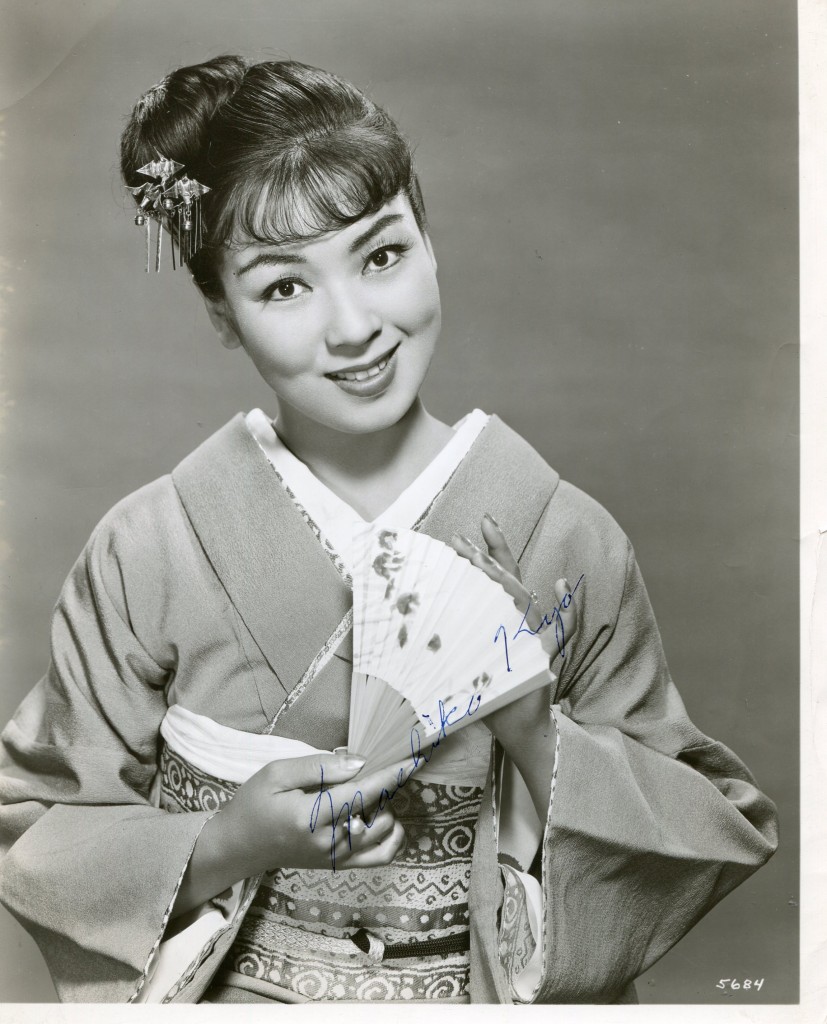
Early on, Kyo found herself mostly in jidai-geki (period films set in the era before the opening of Japan to western influence). For these roles, she sometimes used hikimayu, the practice of removing the natural eyebrows and painting larger and higher eyebrows on the forehead. This was most effective in Ugetsu (1953), one of Mizoguchi’s most acclaimed films.
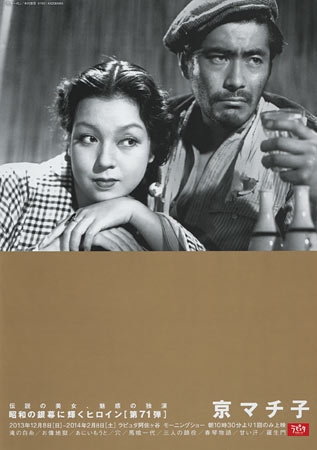
In it, Kyo was eerily beautiful as Lady Masaka, a mysterious noblewoman who seduces a poor married potter. He later finds out that she was a ghost who had died before she could find true love.Advertisement
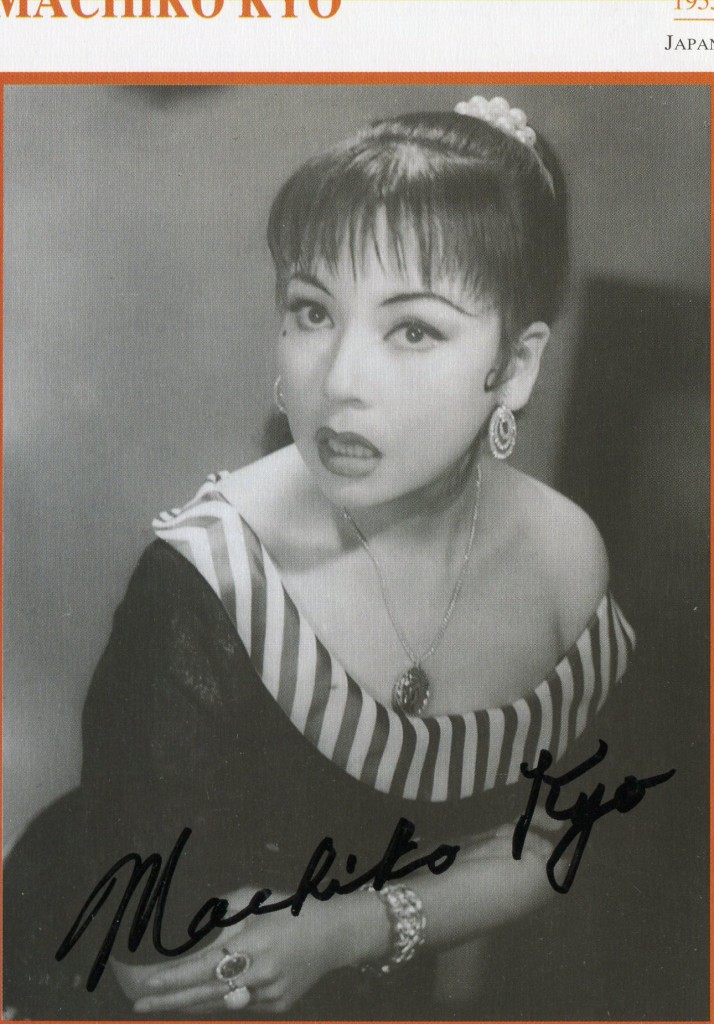
In one scene, Kyo showed her versatility by singing and dancing. This gave a hint of her background in the dancing troupe she had joined as a teenager. Most reports claim that she was born Motoko Yano in Osaka. However, in a Rashomonesque manner, there were a few dubious claims that she was born in Mexico, while her father was working there as an engineer, and was brought up by her mother, a geisha, after her parents split up.
While working as a dancer, Kyo was discovered by Masaichi Nagata, head of the Daiei studios in Tokyo, with whom she became romantically involved, and for whom she made Love for an Idiot (1949). This local hit, in which she played a teenage bride, gave no indication of the direction her career would take with the success of Rashomon a year later.
In Teinosuke Kinugasa’s Gate of Hell (1953), the first Japanese picture to use a western colour process (Eastmancolor), Kyo was poignant as a married lady-in-waiting who commits hara-kiri rather than submit to a 12th-century feudal warlord who desires her. The exquisite colour, costumes and decor were used almost as leitmotifs to counterpoint the emotions of the characters, especially the glowing Kyo in the title role of Mizoguchi’s The Empress Yang Kwei Fei (1955), a scullery maid who becomes empress of China.
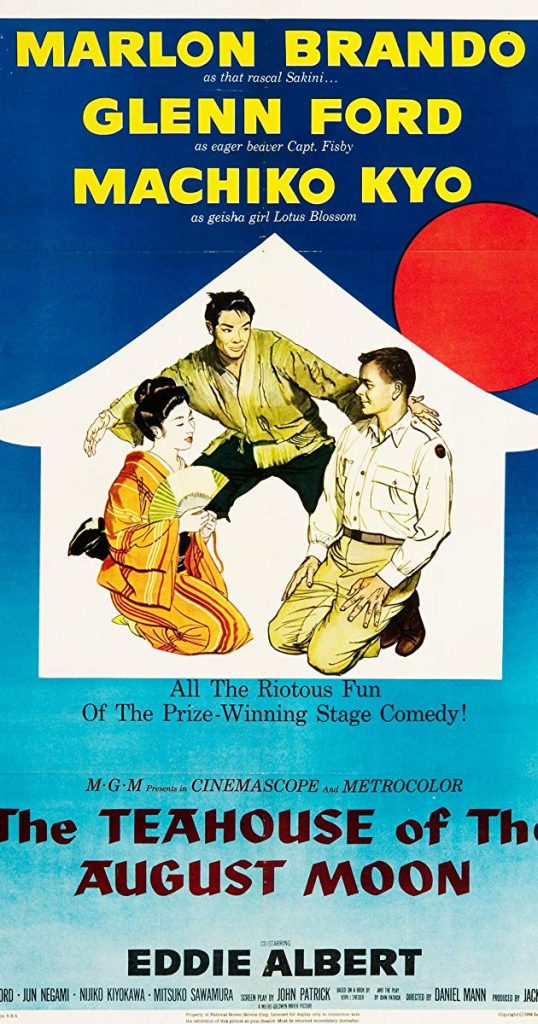
Kyo was almost unrecognisable in Street of Shame (1956), as a Americanised gum-chewing young woman who has become a sex worker in a brothel called Dreamland to spite her tyrannical father. Mizoguchi’s last completed film saw him return to an earlier contemporary subject to illustrate his major theme, the exploitation of women throughout the ages, helped to a certain degree by Kyo.
By this time, Kyo’s fame had spread worldwide, and she was invited to co-star with Marlon Brando, epically miscast as a Japanese translator, and Glenn Ford, as a bumbling officer, in the Hollywood production The Teahouse of the August Moon (1956). In this satire on American cultural imperialism in post-second world war Japan, Kyo retained her dignity as Lotus Blossom, a geisha, trying to keep GIs happy on the island of Okinawa.
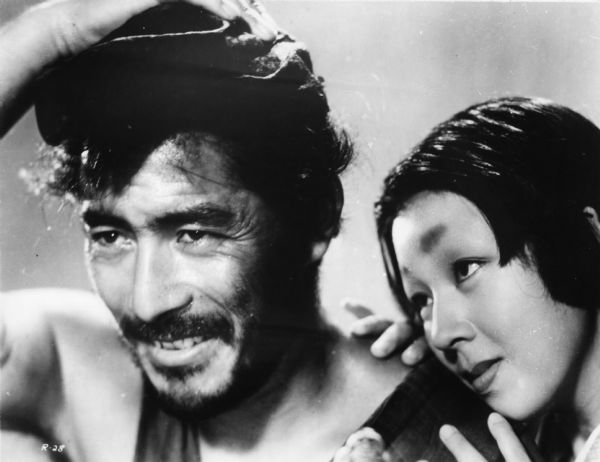
Towards the end of the 1950s, considered the golden age of Japanese cinema, Kyo shifted partly and easily to gendai-geki (films in a contemporary setting), notably Ozu’s Floating Weeds and Kon Ichikawa’s Odd Obsession (both 1959). In the former, she played the scheming and jealous mistress of the leading actor of a touring kabuki theatre group, and in the latter, the young wife of an elderly man frightened by his growing impotence.
Among her films of the 60s, only The Face of Another (1966), stands out. This bizarre drama, directed by Hiroshi Teshigahara, saw Kyo deceived by her facially disfigured husband, disguised behind a handsome mask, into sleeping with him, then being accused by him of adultery.
When Daiei studios went into bankruptcy in 1971, Kyo entered semi-retirement, although she worked in television series from time to time and appeared in several commercial films into her 80s.
• Machiko Kyo (Motoko Yano), actor, born 25 March 1924; died 12 May 2019

